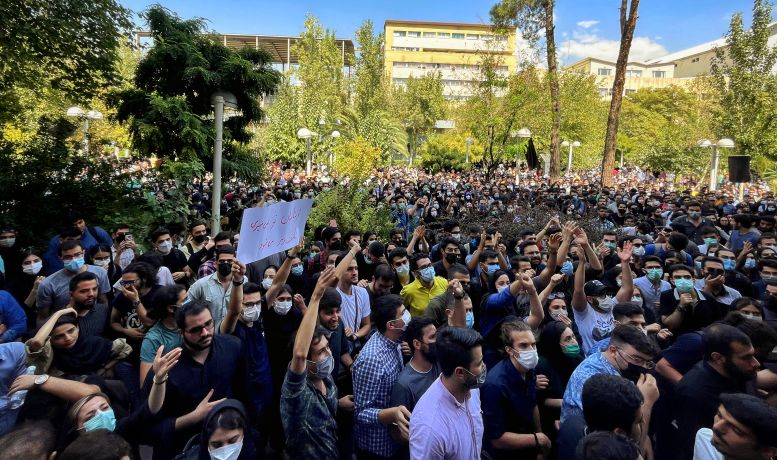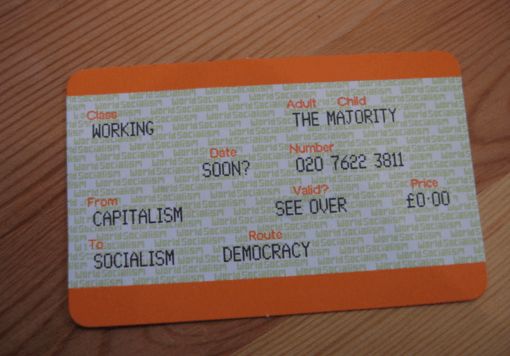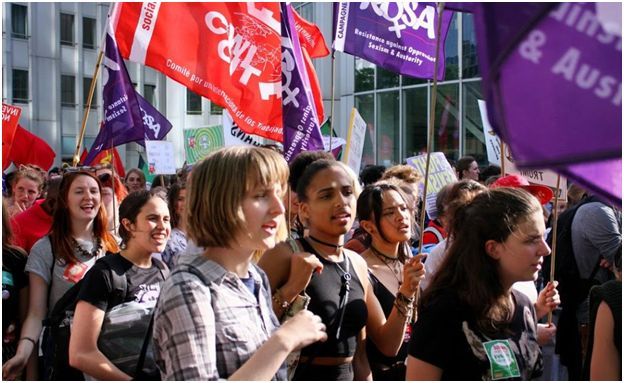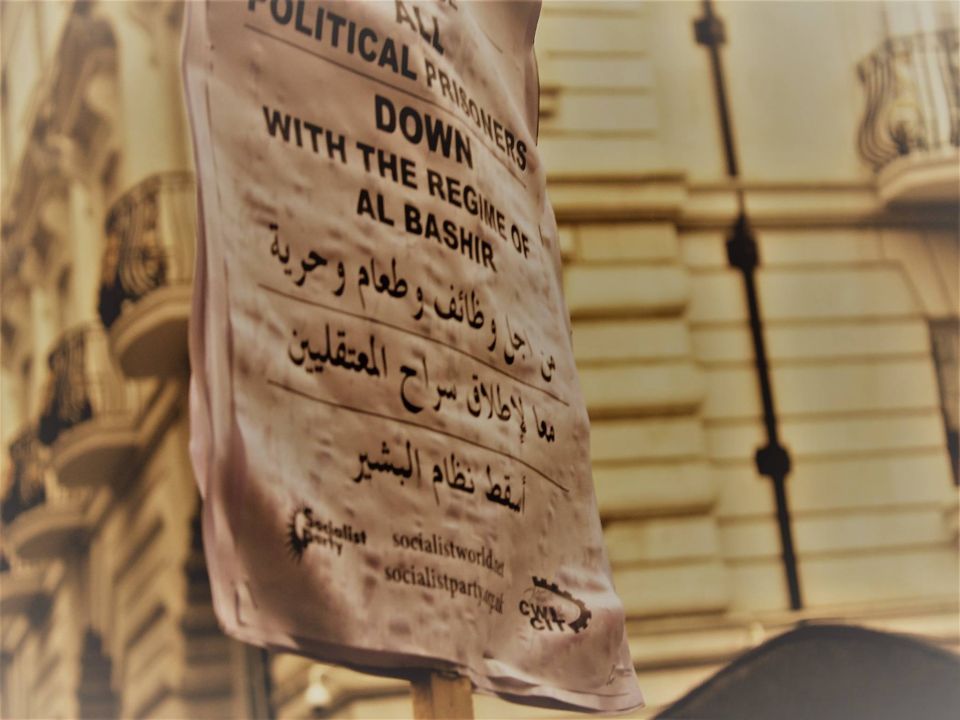Paul Gerrard is a member of Socialist Alternative (England, Wales & Scotland).
The Iranian uprising has raged and simmered for over half a year now. Reuters has referred to it as ‘the boldest challenge to theocratic rule since the 1979 Islamic Revolution.’
Since September 2022 and the brutal murder in police custody of Jina Amini, there have been hundreds killed, tens of thousands arrested and imprisoned. The regime claims to have released 10 000 — how many more tens of thousands must still be languishing in prison?
Huge movements have surged through the streets with women, especially young women and school students, in the forefront in confrontations with the police but with massive support from young men. At one point the IRGC (Revolutionary Guards) admitted that the average age of detainees was 15. The homelands of the oppressed ethnic groups in Iran — the Kurds, Balochs, Azeris and others — have been in turmoil and even some clerics, such as the Sunni imam Molavi Abdolhamid, have openly revolted against the ayatollahs.
The hijab has been rejected and burnt, and the morality police driven off the streets at least in the bigger cities. Now the regime is trying to re-impose the hijab by stealth, refusing permission to walk in parks and gardens to those “improperly dressed,” using surveillance cameras to identify non-wearers and fining them or denying them passports.
The vicious regime has sought revenge against the women’s movement, using sexual harassment and assault, and in the form of deliberate attempts to maim and blind female protestors. Recently some arm of the state or far-right group acting under its cover has perpetrated the mass poisoning of female school students, in the Taliban-like hope that they will cease to attend school. But these cynical and malicious tricks have only aroused further anger from groups of parents and teachers who have protested in the streets, eroding the possibility of a route back to the situation pre-September.
The Islamic government has lost much of its social base, and even in middle-class areas opponents of the regime chant “death to the dictator” from their rooftops and balconies. In many workplaces, schools, and universities revolutionary action committees, known as shuras, have been formed to demand rights of workers and students, to challenge the regime’s agents and to defend protestors from harassment and arrest. But it is clear that the energy and passion of the first weeks and months could not be sustained forever and have died down. What’s missing, so far, has been a decisive generalised intervention by the powerful Iranian working class.
What stage has the Iranian revolution reached?
The western capitalists and the imperialist governments are nervous. They fear the instability which any regime change would create in Iraq, Afghanistan and elsewhere, and would prefer the continuation of the mullahs’ rule. But if the mullahs provoke further uprisings which might not be containable then an alliance of “safe hands” would be needed. February saw a number of Iranian opposition figures come together in the US as the Alliance for Freedom and Democracy in Iran in order to present themselves as leaders of a government that the US ‘could do business with’. For our analysis of this see here.
Members of the wealthy elite of course have no program to offer the women, youth and workers of Iran and believe “now is not the time” to argue whether Iran should be a republic or a monarchy, though remarkably “Prince” Pahlavi, heir to the throne, was one of them! Their main aim was to convince the US imperialists that removing the ayatollahs didn’t have to mean allowing a government to the left with representatives of the working class, the national minorities and the oppressed masses to have their say, which might interfere with imperialist interests in Iran and the wider Middle East. Pahlavi himself recently visited Israel, probably at Biden’s insistence, to offer reassurance to the government there.
At almost the same time, a Statement of Demands of Independent Iranian Unions and Civil Society Organizations was published, which received wide support from many left organisations especially trade union, student and pensioner groups, though the validity of some signatories has been challenged. It was a big improvement on some of the earlier statements from the opposition, especially in its demands for the release of political prisoners, an end to executions, dismantlement of repressive state agencies like the basij, and its rejection of discrimination in all its forms.
At the same time, it has many weaknesses. Its only program for nationalisation is to re-nationalise those industries privatised by the regime and sold off to its cronies. It fails to recognise the separate identity and needs of Iran’s ethnic minorities and their right to be heard and make decisions about their future. It calls for the ‘normalisation’ of foreign relations — we understand the correct wish to stand up against the anti-semitic and anti-Israel rhetoric of the mullahs but the “normalisation” should be amongst ordinary working class people from Iran and Israel/Palestine and can not include the government of Israel, which is now under the control of the most right-wing government ever, bent on criminalising and slaughtering Palestinian youth, and which has been itching to launch attacks on Iran’s nuclear facilities?
The idea of one step after the other does not work in practice
There is massive room for improvement in this statement which is restricted to changes which the bourgeoisie will find acceptable. For example, in relation to Iran’s energy crisis the statement could call for the public ownership of the energy sector under workers’ control and management to ensure reliable power distribution to the most deprived sections.
It could have recognised the strength of the shuras as organs of struggle and called for their extension and linking up, with the aim of establishing a revolutionary constituent assembly to shape Iran’s future. However, the Iranian old left, and especially those associated with Iran’s “Communist” parties, have not learned from the mistakes of 1979. They say the movement needs to ally with the mythical “progressive bourgeoisie” behind a charter for democracy which recognises women’s and trade union rights but doesn’t remotely answer their needs and keeps private property of the wealthy untouched. They argue that it’s not negotiable because they know what the bourgeoisie will accept and if more is demanded it will drive them into the arms of reaction.
This idea that change must only happen one step after the other, often called “stages theory” is understandable but history has shown that it does not work. The two-stage theory was the death-trap for the Chinese and Spanish revolutions in the 1920s and 1930s and was responsible for the loss of the 1979 revolution which was usurped by the clergy who used the Tudeh, or Communist, Party, then banned them and slaughtered the leaders.
The bourgeois of Iran or in exile as a class are utterly incapable of establishing any kind of real democracy, even to the extent they would want to, as for many their social position is intimately linked to the continuation of the bloody repression of workers and divide-and-rule tactics. If the workers were to start to make a revolution possible by tearing down the mullahs’ regime and putting forward their own class interests like wage increases, price controls, nationalisation of key sectors of the economy, etc. then these ‘progressive’ bourgeois would switch camp in a heartbeat and join authoritarian forces to save their capitalist rule — as they have done in many other cases like in Chile or Indonesia. It’s the democratic structures of the working class, the youth and the oppressed masses like the shurahs that must discuss demands and methods that can unite the workers and youth in a common struggle against the regime.
The revolution is, for the moment, paralysed. It can’t go forward but can’t be driven back to the beginning of the uprising either, given the movement that has been unleashed and the desperation of the youth, especially the school students and the unemployed university graduates. Fearlessness has been the outstanding characteristic of the Iranian Revolution so far.
One likely development would be along lines of the 1905–07 Russian Revolution, with flare-ups, die-downs, flare-ups elsewhere, which could develop over months. Of course, the true significance of the 1905–07 revolution was as a dress rehearsal for 1917 and the lessons the Bolsheviks drew from it for the building of a revolutionary party. Unlike the 1905 revolution, the Iranian process would not be likely to rumble on for years, given the extreme volatility of the Middle East, the world economy and the whole world situation.
Iran and the geopolitical conflicts
Beset by economic sanctions and given the collapse of the nuclear deal, the regime is desperately looking for points of support. In the geo-political conflict between the US and China Iran is firmly in the Chinese camp and has a 25-year strategic partnership with China across a range of initiatives, including the exploitation of lithium, of which Iran possesses 10% of world deposits and which is a key component of electric car batteries.
Iran has sided firmly with Russia in the conflict over Ukraine, for example by providing drones; they have less to lose than China, being already subject to sanctions. Now the Chinese have brokered — or possibly insisted on — a rapprochement between Saudi Arabia and Iran which has led to a reduction of fighting in Yemen between Saudi-backed government forces and Iran-backed Houthi forces.
The mullahs are having to rein back on their previous ambitions as a regional power, using militias such as Hezbollah and others to extend their influence across the Middle East, though the ever-present threat from Israel, and its state and settler outrages in Jerusalem, have already provoked rocket attacks from Lebanon.
Just before lockdown in January 2020 the Iranian general Solemani, who coordinated these various external operations, was assassinated by US; at the time there was public outrage, some undoubtedly stage-managed; but recently his statue was attacked by protestors in a signal of a switch of mood, as foreign wars have drained the country and workers see a 37% increase in the budget for the Revolutionary Guards while consumption of meat and fruit are down. The currency is tanking, making imported goods more expensive; the rial has lost half its value since the uprising began.
At the moment a wide layer of the organised working class is watching and waiting, relatively passively. But the oil workers, who have repeatedly gone on strike in 2023, have already demanded pay rises and have also raised political demands. There has also been action by bus drivers, teachers, and university lecturers. The workers’ movement has in no sense been crushed, their relative inaction is more a case of a “holding fire,” recognising the need to digest the lessons of previous uprisings in 2009, 2017 and 2019, and equally to test the resilience of the regime this time.
The revolution is not over
We cannot exclude the possibility that the counter-revolution, which at the moment is groping its way forward, testing the movement on the streets, makes a move to crush the revolution. One potential move by the counter-revolution could be an all-out military assault in the Kurdish regions. This would necessarily be very bloody and could backfire if the youth and especially the working class in the non-Kurdish cities respond.
Whatever happens there is zero prospect of a stable situation, let alone a sustainable period of bourgeois democracy in Iran; if the mullahs fall, the army and the Revolutionary Guards, which are themselves a section of the ruling class, owning factories and other property, will try to step in.
The ayatollahs’ regime has a fearsome reputation. Iran executed at least 582 people in 2022, 75 percent more people than the previous year, according to two civil rights groups, the Norway-based Iran Human Rights (IHR) and France’s Together Against the Death Penalty (ECPM). This month two more activists, Yousef Mehrad and Sadrollah Fazeli-Zare were executed for “blasphemy.”
Iran attacks its enemies with extraordinary viciousness but that cannot conceal its weakness. The regime is split and the cracks are starting to be more visible. When the first cases of poisoning of female school students became public Ayatollah Khamanei denounced those responsible as “unforgivable” and declared there would be “no amnesty” for those responsible. Yet the poisonings continued, indicating division, amounting to defiance of Khamanei’s authority, behind the scenes.
A second wave of revolution is a likely perspective. As many worker and youth activists are drawing lessons from the first phase, and as the working class is forced into the struggle also by the desperate social situation. What is still missing is a revolutionary leadership and a party which bases itself on the working class but understands the importance of national and gender oppression and the need to fight them. Such a force can be built through discussions in the committees and developing shurahs about what program could unite the struggles of all the layers of the working class, offering a real alternative to mullahs or Shah. Through our socialist feminist and trade union work, in the Iranian diaspora and within Iran itself, we seek to bring together the most combative elements to help in developing such a party.




